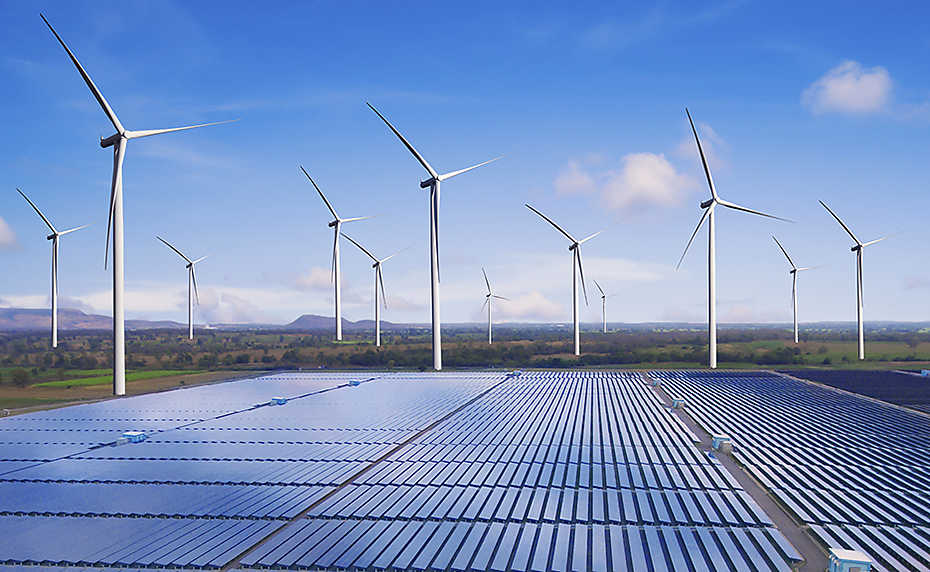Free Courses Sale ends Soon, Get It Now


Free Courses Sale ends Soon, Get It Now



Disclaimer: Copyright infringement not intended.
Context: Ministry of New and Renewable Energy (MNRE) said it would be doing away with the practice of reverse auctions — when companies bid to offer the lowest price — while awarding contracts for setting up wind-energy projects. However, wind industry experts say this alone will not necessarily improve the sector’s fortunes.
More on the news:
Reason for dip in health:
Conclusion: The only way forward for the growth of the sector, especially if it is to be fair and not cornered by a few big companies, is if the true price of a project is transparently captured in the bid price.
https://epaper.thehindu.com/Home/ShareArticle?OrgId=G81A2Q293.1&imageview=0
© 2024 iasgyan. All right reserved